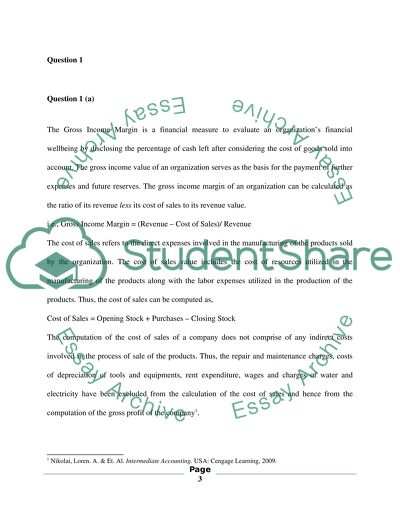Cite this document
(“The Gross Profit Margin of Mark Equipment Pty Ltd Essay”, n.d.)
Retrieved de https://studentshare.org/finance-accounting/1391460-banking
Retrieved de https://studentshare.org/finance-accounting/1391460-banking
(The Gross Profit Margin of Mark Equipment Pty Ltd Essay)
https://studentshare.org/finance-accounting/1391460-banking.
https://studentshare.org/finance-accounting/1391460-banking.
“The Gross Profit Margin of Mark Equipment Pty Ltd Essay”, n.d. https://studentshare.org/finance-accounting/1391460-banking.


